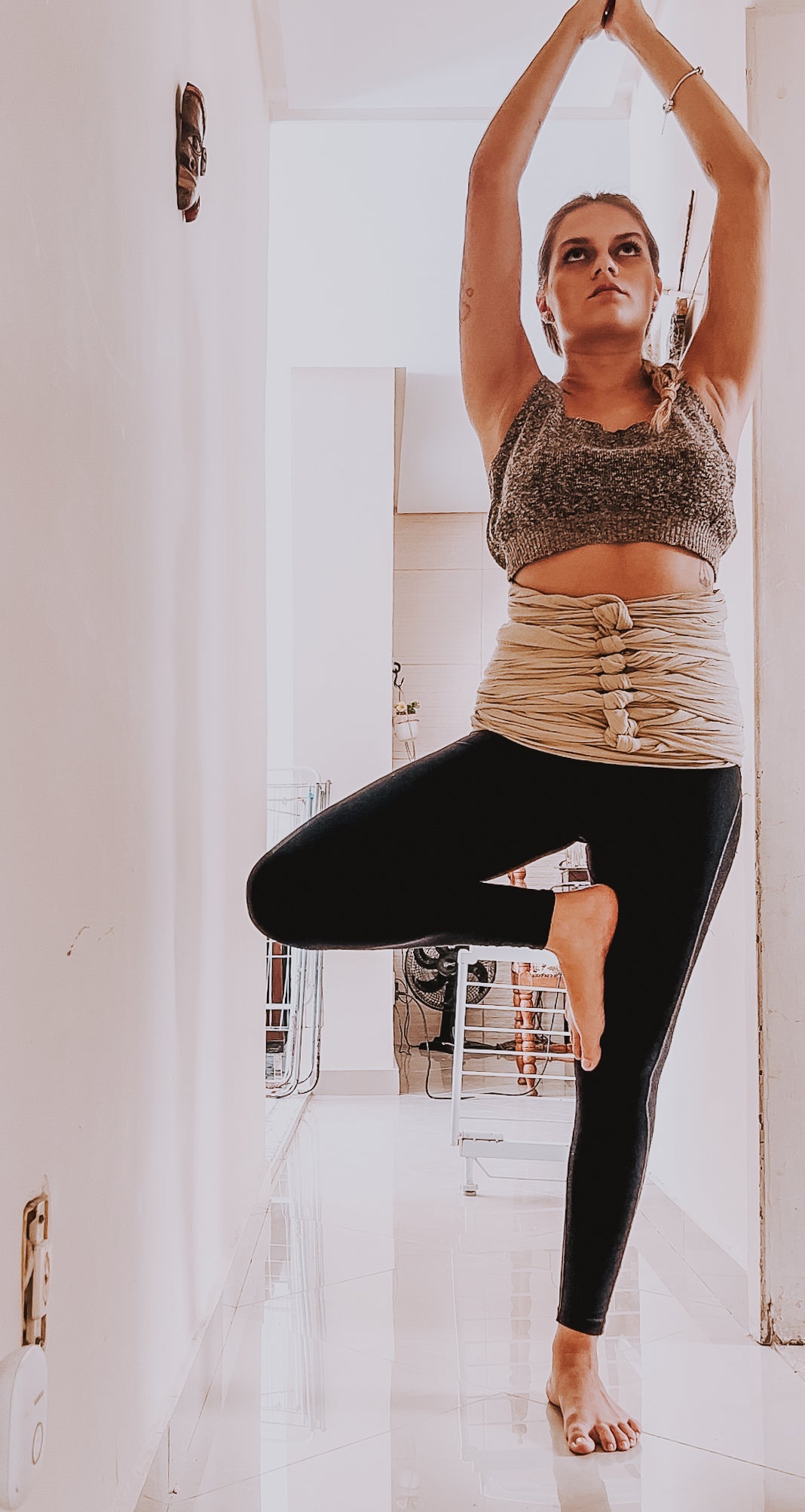
Diastasis Recti: What Exercises are Safe to Do and Which Are Not?
Becoming a mother is a magical ride but, as any mom will tell you, it certainly can come with it’s challenges!
Your body goes through such a huge change through the months of pregnancy, and after birth one of our greatest challenges is getting your body to feel like yours again.
While it may be tempting to strive to ‘snap back’ and dive right back into the same work-outs you were doing before pregnancy, it’s important to acknowledge the huge change your body has just been through and any shifts to your anatomy that may have made.
The most obvious, and common, areas of the body to shift in pregnancy are the stomach and the core muscles. It’s very common for some separation of the rectus abdominis muscles, more commonly known as the ‘six pack’ abs, due to how much they need to stretch to accommodate a growing baby. However, in 60% of women that separation is larger, leading to a condition called Diastasis Recti characterised by a gap between the two halves of the abdominal muscles.
While diastasis recti is not a serious medical condition, it can cause back pain, pelvic floor dysfunction, and a pooched belly. This is because muscles of the core have less stability and integrity than normal. Which also means there is a greater risk of injury, particularly to the back, the core and the pelvic floor.
But the good news is that regular practice of safe exercises and use of a Bengkung Belly Binding Wrap, can help diastasis recti symptoms, if not heal it entirely.
Some things to bare in mind to avoid while recovering form diastasis recti are:
- Avoid exercises or body positions that create a doming through the abdomen, or exerts pain or downward pressure on the pelvic floor.
- Practice mindful breathing, ensuring that you draw your navel back towards your spine with each exhale during exercise of physical exertion.
- Keep spine extension and chest opening exercises minimal, to avoid too the lower ribcage thrusting open too much. E.g. take a baby cobra pose during yoga instead of a more exaggerated backbend like upward facing dog.
- Stick to low impact cardio exercises like walking, cycling or swimming instead of running, jump rope etc. as this can put pressure on the pelvic floor.
Some exercises that are safe for diastasis recti include:
- Breathing exercises: These exercises help to strengthen the transverse abdominis muscle, which is a deep core muscle that wraps around the abdomen like a corset. Examples of breathing exercises include diaphragmatic breathing and abdominal hollowing (hypopressive breathing).
- Pelvic floor exercises: These exercises help to strengthen the muscles that support the bladder, bowel, and uterus. Examples of pelvic floor exercises include Kegels and pelvic tilts.
- Oblique exercises: These exercises help to strengthen the muscles on the sides of the abdomen. Examples of oblique exercises include side planks.
- Wall Planks
- Walking, swimming or cycling
Some exercises that are unsafe for diastasis recti include:
- Crunches: Crunches put pressure on the abdominal muscles and can worsen diastasis recti.
- Sit-ups: Sit-ups also put pressure on the abdominal muscles and can make diastasis recti worse.
- Planks: Planks can be safe for diastasis recti, but it is important to make sure that you are engaging your core muscles and not letting your belly sag.
- Double Leg raises: Leg raises can also be safe for diastasis recti, but it is important to start with small movements and gradually increase the range of motion as your core muscles strengthen.
- Traditional push-ups
If you are unsure whether an exercise is safe for you, it is always best to talk to your doctor or a physical therapist.
Here are some tips for exercising safely with diastasis recti:
- Start slowly and gradually increase the intensity and duration of your workouts.
- Listen to your body and stop exercising if you feel any pain.
- Engage your core muscles during all exercises.
- Avoid exercises that put pressure on the abdominal wall, such as crunches and sit-ups.
- Focus on exercises that strengthen the transverse abdominis muscle (the deepest of the abdominal muscles) and pelvic floor muscles.
With proper exercise and care, most people with diastasis recti can recover completely.


Leave a comment
This site is protected by reCAPTCHA and the Google Privacy Policy and Terms of Service apply.